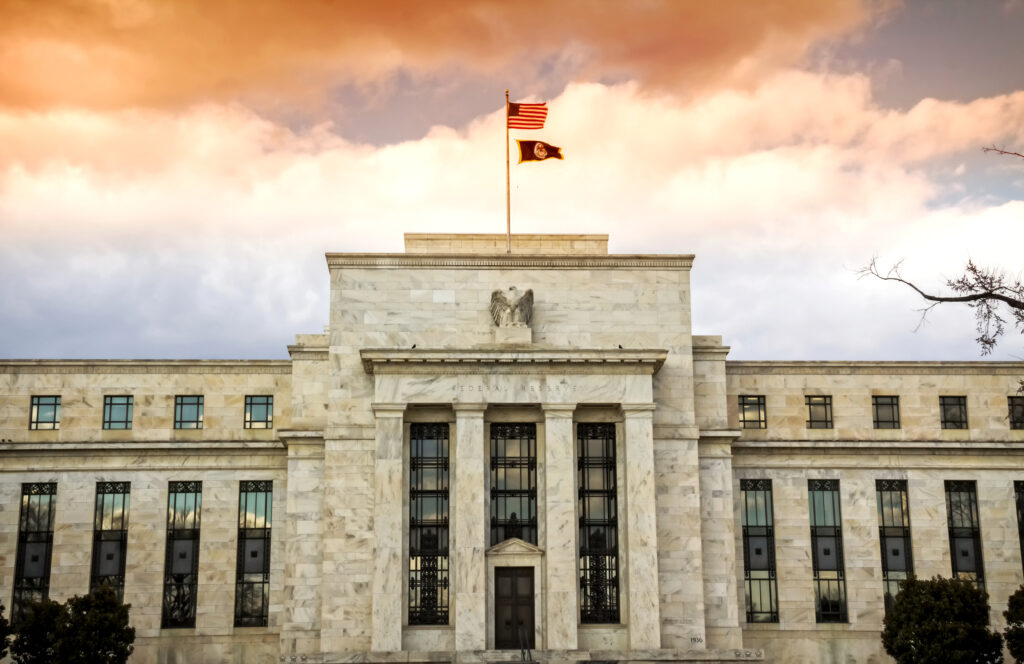Darius joined our friend Adam Taggart this week to discuss the risk of recession, inflation, the risk of a US fiscal crisis, and more.
If you missed the interview, here are the three most important takeaways from the conversation that have significant implications for your portfolio:
1. How High Is The Risk of Recession In The Next 3 to 12 Months?
While we agree with the consensus that the economy is late cycle, with a low unemployment rate of 4.3% and an inverted yield curve since October 2022, we do not currently see a high risk of recession in the next 3 to 12 months.
Our assessment is based on our econometric study of all the postwar economic cycles in and around recession. That process consisted of normalizing the policy, profits, liquidity, growth, stocks, employment, credit, and inflation cycles, and comparing current trends to historical patterns leading into and through a recession. Despite observing significantly tight policy, we have not experienced the typical breakdown in the corporate profit cycle, liquidity cycle, growth cycle, or stock market cycle that usually occurs a few quarters ahead of a recession.
The current constellation of these leading indicators suggests limited recession risk in the medium term. However, we will continue monitoring and flagging critical inflections in these indicators for our clients, as the US economy remains in a late-cycle condition.
2. What Is Driving The Risk of A US Fiscal Crisis?
We believe the risk of a US fiscal crisis is much closer than most investors realize.
Our assessment stems from a significant shift in the labor versus capital dynamic around 2000 – Employee Compensation as a share of Domestic Corporate Businesses Value Added dropped below trend and has remained there, primarily influenced by factors like China’s entry into the WTO, globalization, and domestic deregulation. This shift has concentrated corporate profits among the elite, creating an inequitable situation and fueling the rise of populism on both sides of the political spectrum.
Many do not realize that both political parties are contributing to a high probability of a fiscal crisis by the end of this decade. Democrats are implementing policies that inflate the incomes of the lower half of the income distribution, while Republicans are doing the same for the upper half. These forms of socialism require piling on debt, which in turn is pushing us toward a potential fiscal crisis.
3. What Is The Outlook For Inflation?
Per the same deep-dive empirical study highlighted above, we have found that inflation is the most lagging indicator of the business cycle.
Heading into a downturn, policy generally tightens first, followed by a breakdown in corporate profits and liquidity. Growth and stocks break down about one to two quarters later, followed by employment and credit. Inflation usually breaks down below trend 12 to 15 months after a recession starts.
As a result, we believe it is very unlikely that inflation returns durably to trend without a recession in the US economy. We do not, however, believe price stability is the Fed’s priority in a Fourth Turning regime. Maintaining order in global sovereign debt markets amid structurally elevated public debts and deficits is far more important.
That’s a wrap! If you found this blog post helpful, explore our research for exclusive, hedge-fund-caliber investment insights you can act on today.


